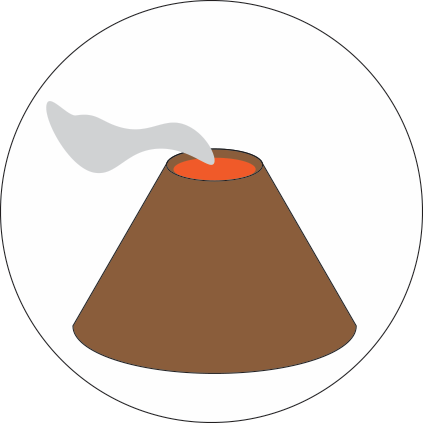


It is now time to apply what you've learned about volcanic processes and deposits to field data that you will collect from the 79 AD eruption of Vesuvius.
Learn about the exercise:
On the next series of pages you will visit the summit of Vesuvius volcano and the excavations of the Roman-era cities of Pompeii and Herculaneum. In both cities, you will observe archaeological sites that reveal the artwork, architecture, and ways of life of these buried civilzations, as well as the volcanic deposits that buried each of these sites.
To collect field data, you will use panoramic images of the outcrops of the volcanic deposits. The images contain links to observation and measurement tools that provide information about thickness, grain size, sorting, and special features of each deposit.
The map shown here gives you a sense of where the cities are located relative to Vesuvius volcano. How do you think their different locations might have influenced their experiences of the eruption?